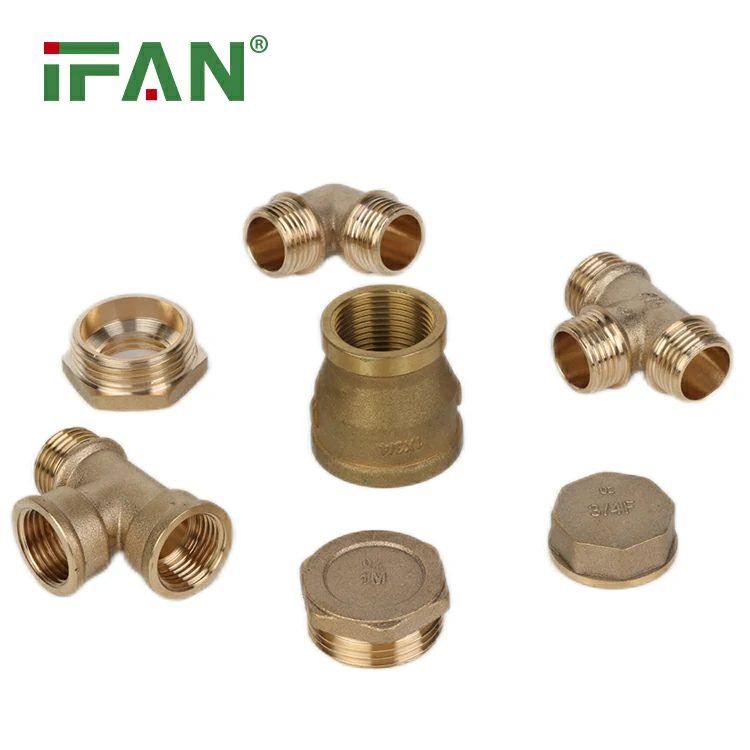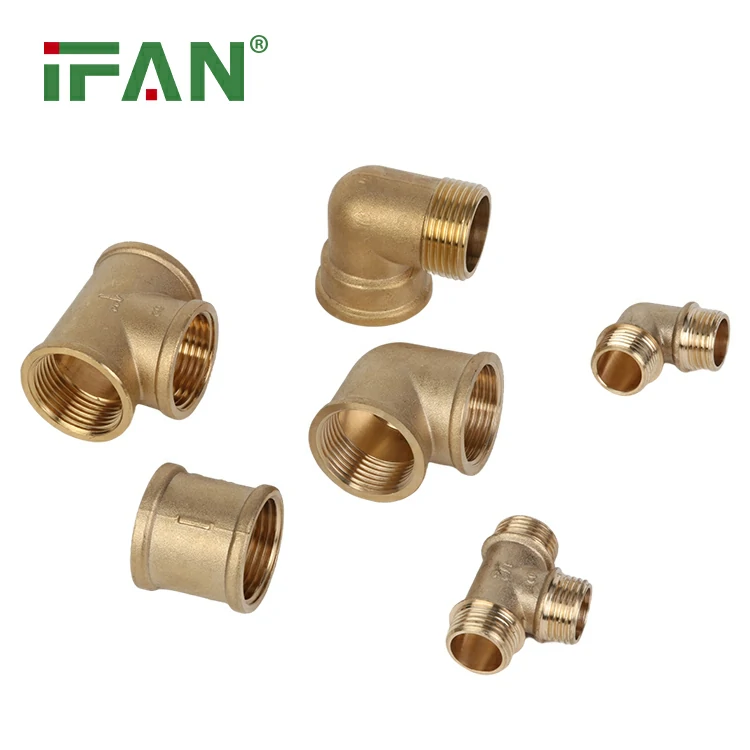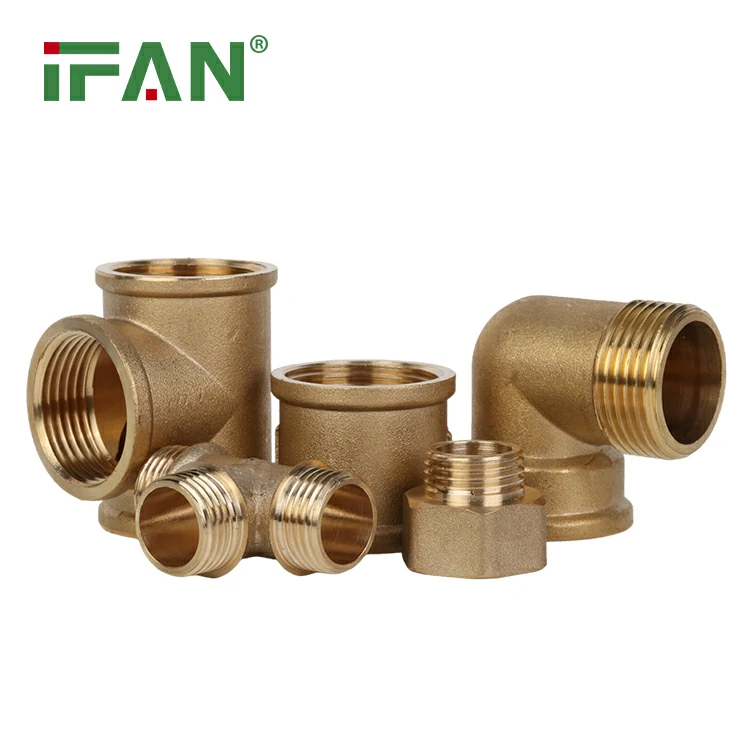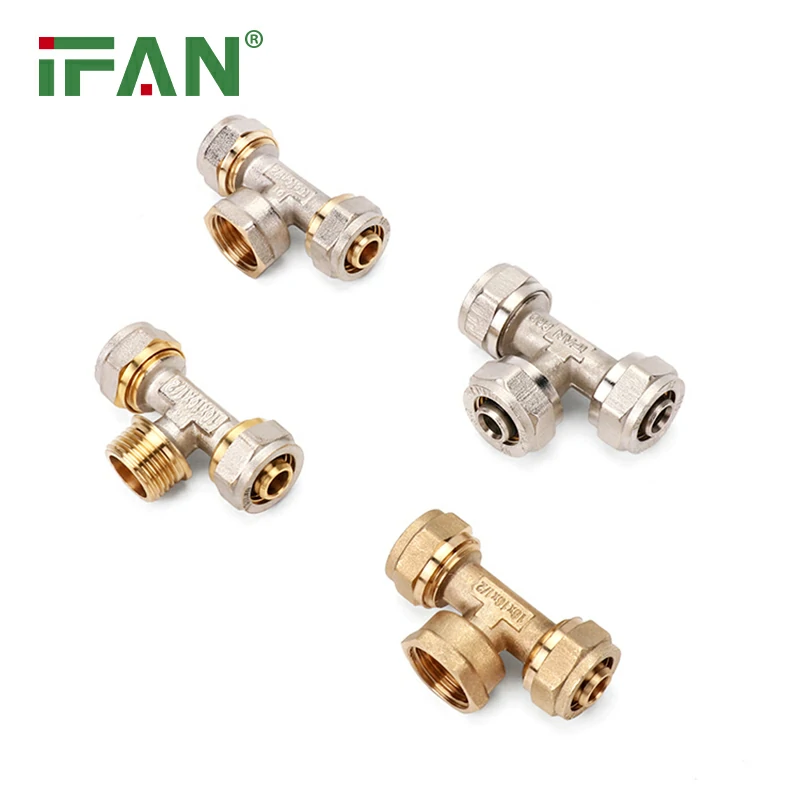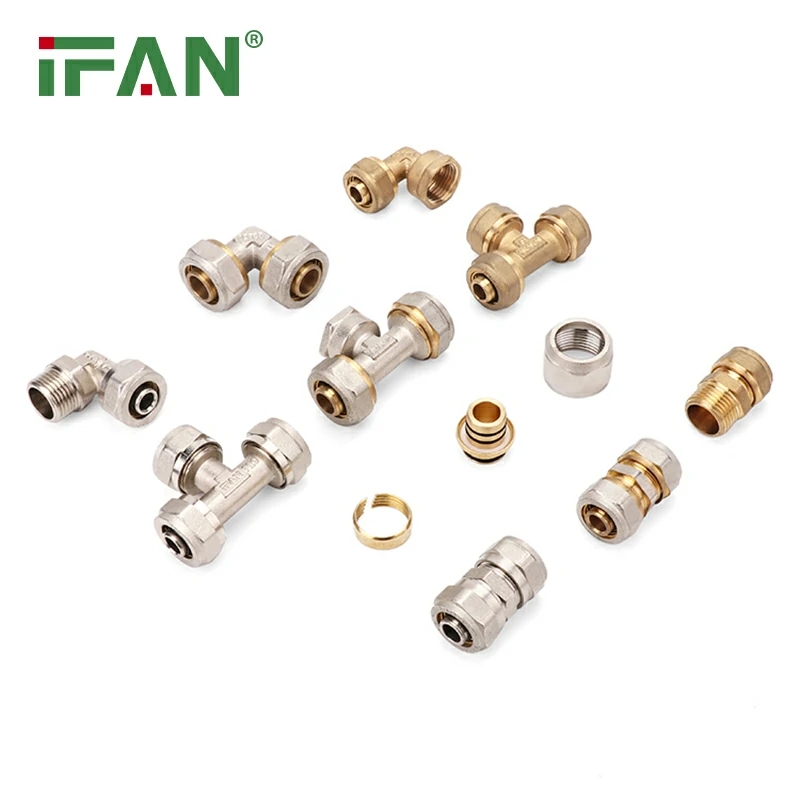IFAN factory 30+ years manufacture experience support color /size customization support free sample.Welcome to consult for catalog and free samples.This is our Facebook Website:www.facebook.com,Click to watch IFAN’s product video.Compared with Tomex products, our IFAN products from quality to price are your best choice, welcome to buy!
1. Technological Advancements in Brass Ball Valves
The future of brass ball valves is set to be influenced by significant technological advancements. Innovations in materials science and manufacturing processes are driving improvements in the design and functionality of these valves. Advances such as the use of high-performance alloys and the integration of smart technology are enhancing durability, precision, and efficiency. For example, the development of corrosion-resistant brass alloys and advanced coating techniques are extending the lifespan of ball valves, making them more reliable in challenging environments. Additionally, smart ball valves equipped with sensors and automation capabilities are emerging, enabling real-time monitoring and remote control, which enhances operational efficiency and maintenance.
2. Sustainability and Environmental Considerations
Sustainability is becoming a central focus in the future of brass ball valves. As environmental concerns grow, there is a push towards more sustainable practices in the manufacturing and disposal of these components. Manufacturers are exploring ways to reduce the environmental impact by using recycled brass and minimizing waste during production. Furthermore, the development of eco-friendly coatings and materials that reduce the environmental footprint is gaining traction. The industry is also emphasizing the importance of end-of-life recycling and the adoption of circular economy principles to ensure that brass ball valves are reused and repurposed effectively, thus reducing their overall environmental impact.
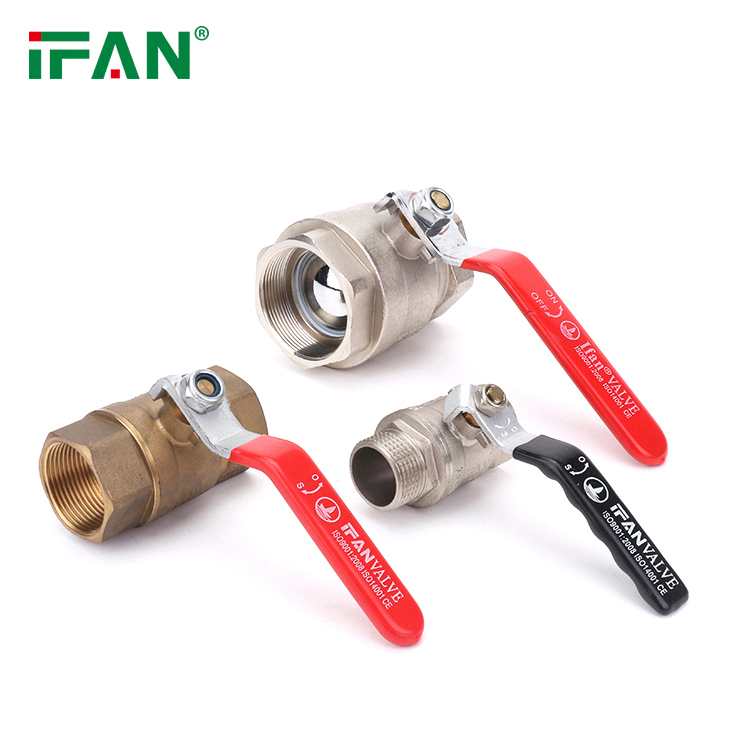
3. Market Trends and Industry Demands
The market for brass ball valves is evolving in response to changing industry demands and applications. There is a growing demand for high-quality, reliable valves in sectors such as water treatment, oil and gas, and HVAC systems. As industries seek more efficient and cost-effective solutions, brass ball valves are being designed with enhanced features to meet specific needs. For example, there is an increasing preference for valves that offer better flow control, energy efficiency, and resistance to extreme temperatures and pressures. The rise of emerging markets and industrialization in developing regions is also driving the growth of brass ball valve demand, leading to new opportunities for manufacturers.
4. Regulatory and Standards Developments
Regulatory and standards developments are shaping the future of brass ball valves by ensuring higher quality and safety standards. As regulations become more stringent, manufacturers are required to comply with new guidelines related to performance, environmental impact, and safety. Compliance with international standards, such as those set by organizations like the American Society of Mechanical Engineers (ASME) and the International Organization for Standardization (ISO), is essential for market access and competitiveness. The adoption of updated standards helps improve product reliability and performance while addressing environmental and safety concerns, ensuring that brass ball valves meet the highest industry requirements.
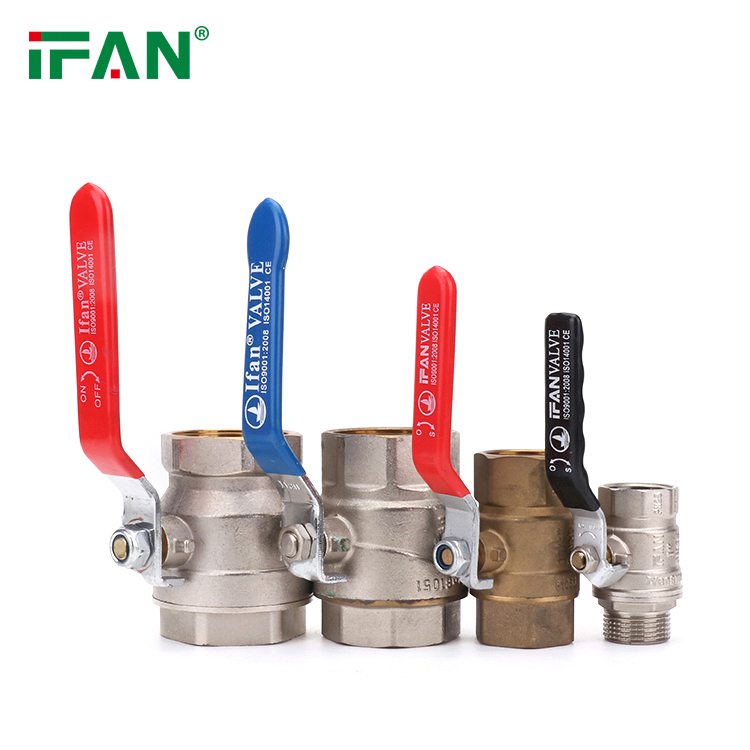
5. Future Challenges and Opportunities
While the future of brass ball valves is promising, several challenges and opportunities lie ahead. One challenge is the increasing competition from alternative materials, such as plastic and composite valves, which may offer cost or performance advantages in certain applications. To remain competitive, brass ball valve manufacturers will need to continuously innovate and adapt to changing market conditions. Additionally, opportunities exist in the development of advanced technologies and customization options that cater to specific industry needs. By focusing on innovation, sustainability, and market responsiveness, the brass ball valve industry can navigate future challenges and capitalize on emerging opportunities to drive growth and advancement.
In summary, the future of brass ball valves is characterized by technological advancements, a focus on sustainability, evolving market demands, regulatory developments, and both challenges and opportunities. By embracing innovation and adapting to industry trends, the brass ball valve sector is poised to meet the needs of a dynamic market while contributing to a more sustainable and efficient future.

